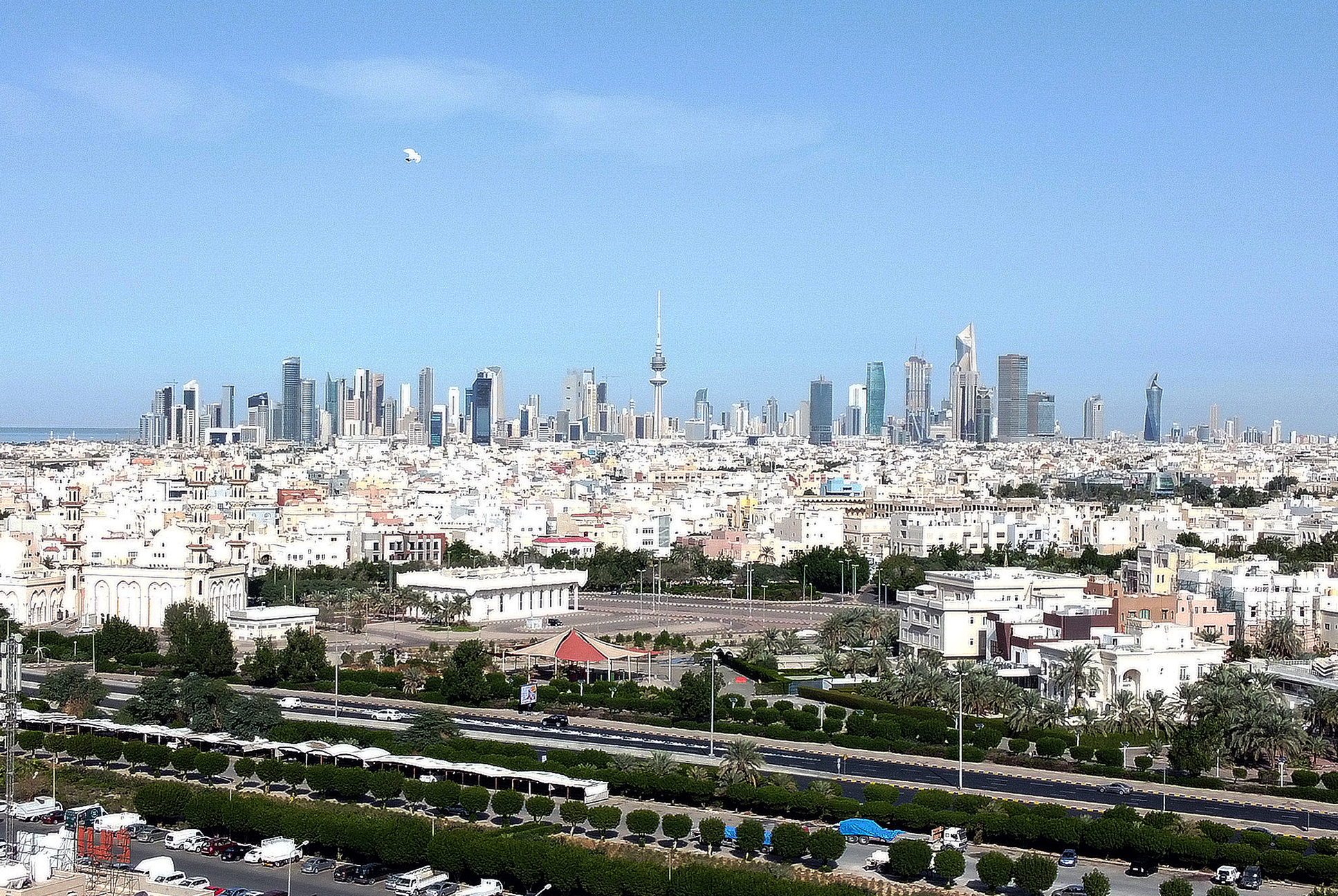KUWAIT: Prices of housing real-estates rose last year in Kuwait, where investors focused on Kuwaitis’ residential areas dealing in uninhabited plots of land, capitalizing on government subsidies and transforming residential units into rental houses. Some residential districts, mainly inhabited by citizens, witnessed more than 35 percent rise in rates of the plots, leading to record growth of property assets in the shadow of scarce offered real-estates.
The former director general of Kuwait Clearing Company, Tareq Al-Atigi, said in an interview that prices in this sector hit unprecedented high level, largely due to robust activities by traders and brokers, purchasing uninhabited plots of land in East Al-Gurain in July 2021 and selling them in November, posting more than 10 percent of profits. Moreover, the investors bought 375-square-meter houses in Kuwaiti’s residential districts such as Al-Khaldiya and Al-Yarmouk in May, at KD 500,000 per unit ($1.6 million), and sold them at KD 600,000 ($1.9 million). Value of these units rose by KD 20,000 ($66,267.36) per month for a five-month period, Atigi said.
Government subsidies
The dealers focused on the Kuwaitis’ residences, buoyed by government subsidies for utilities namely water and power. Such a beneficial privilege does not exist in the investment sector - home to apartment buildings that are largely occupied by non-Kuwaiti residents of the country. Furthermore, the investors have transformed houses in the citizens’ residential areas into rental apartments. As to the uninhabited plots, there are no taxes on a citizen who possesses more than one property. In the meantime, some people own dozens of plots but they refrain from developing them, thus contributing to pushing prices high due to low supply.
The former director general expressed his belief that "calming the prices” can be attained by imposing added taxes on the citizens’ residential areas, in addition to lifting subsidies for water and power for a citizen who owns more than one lot. Proposing other ideas, he has mentioned specializing more housing parcels in new regions and speeding up government housing enterprises. In 2022, the housing rates may drop by five percent if interest rates are increased on assets of local banks, he has opined.
Meanwhile, Chairman of the Kuwaiti Union for Real-Estate brokers Abdulaziz Al-Dghaishem said that the housing sector posted in Q1 and Q2 2021 rises that exceeded KD 1,500 ($5,000) per square meter particularly in locations in Al-Assima and Hawally. In addition, the units’ prices in Sabah Al-Ahmad Sea City rose by 30 percent. Dghaishem has predicted price stability in 2022 unless the market witnesses major events such as promoting new towns, re-activating realty mortgages, also affirming that prices can stabilize in the shadow of higher supply.
Expats’ exodus
Chief Executive Officer of Amtar Global Real-Estate Company Ali Al-Kadhemi said in the meantime that other causes of the prices’ hike were existence of liquidity, investors and brokers’ solvency, noting that the investment sector suffered due to permanent return of many expatriates to their countries in the shadow of the COVID-19 crisis. He proposed engaging the private sector, where citizens can purchase built houses at reasonable prices.
Total value of the property transactions in the housing sector, in 2021, amounted to KD three billion ($10 billion), starkly higher by KD 780 million ($2.2 billion) invested in the investment sector, according to statistics by the property registration department at the Kuwaiti Ministry of Justice. — KUNA



